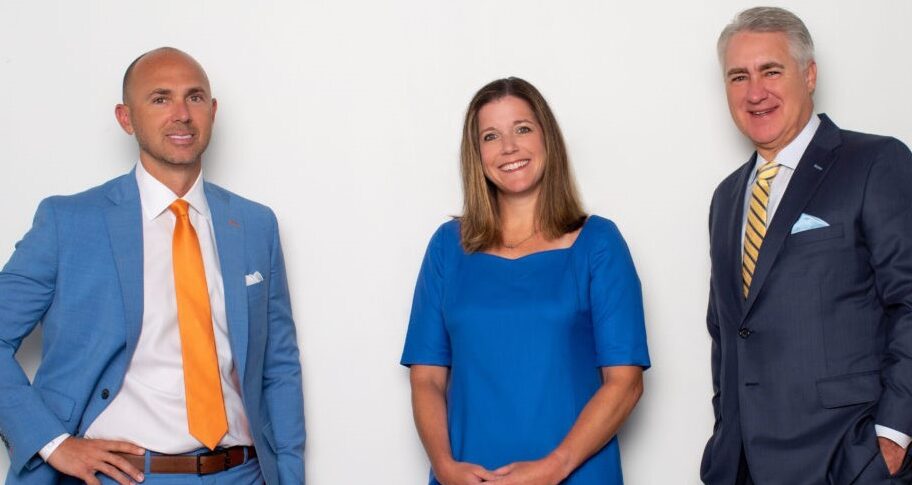Slip and Fall Homeowners Insurance
Slip and Fall Homeowners Insurance
When looking for free legal advice online, it’s important to remember the laws on premises liability vary by state — even though each will hold a property owner responsible for the safety of their premises — so seeking the help of an attorney is still very important. When certain criteria are met, property owners can be held liable for slip and fall accidents involving a person who comes to their property.
Let us look at how liability for slip and fall accidents is determined, and the type of accidents that may be covered by homeowner’s insurance. In addition we will consider the measures you may wish to take if you are a victim of such an accident.
Generally, a homeowner is responsible for any person visiting their property. Therefore, they should ensure that all areas that people are likely to visit are kept safe. A homeowner is considered liable for a slip and fall accident if:
- They are responsible for the hazardous condition.
- They are aware of the condition or should have been aware of the condition.
- They had sufficient time to rectify the condition.
In some states, homeowners are held responsible for injuries sustained by trespassers. One common scenario where homeowners are held liable for slip and fall injuries by trespassers is where there are features in their premises that tend to attract children like a trampoline, playground, or pool. These are known as attractive nuisances. Homeowners with these types of structures should make every possible effort to prevent unauthorized access to these facilities.
Many stair accidents are caused by the homeowner’s negligence; however, some may be unavoidable, such as when someone trips. The following factors can contribute to the risk of someone sustaining injuries on a flight of stairs:
- Stairs without handrails or with poorly fixed handrails
- Steps that are shallow or not up to building codes
- Foreign substances or debris on the stairs
- Poorly installed rugs or carpets on the stairs
- Steps with varying heights
A homeowner’s flooring, rugs, or carpets can make them liable for a slip and fall injury.
- Freshly waxed or wet floors can be very slippery.
- Rugs that do not have a good grip pad below them can also cause serious slipping accidents.
- Carpets with holes or frayed edges are also a tripping menace.
Homeowners are required to keep their internal walkways and paths reasonably maintained. When a person trips over a property owner’s broken sidewalk, they can hold the owner liable for the accident on the grounds of negligence.
Slipping on ice on a person’s property can lead to serious injuries. Homeowners are charged with the responsibility of removing snow and ice to make their walking paths or sidewalks reasonably safe. However, in most cases, the jurors presiding over these cases tend to consider snow and ice a well known hazard for people living around such areas. This makes receiving damages for a slip and fall caused by snow or ice very difficult. Settlements for these cases are usually low because of the high probability that the homeowner will win.
The moment you are involved in a personal injury at another person’s residence, document the scene if possible. Take photos and video of what caused the slip and fall accident. Also document your injuries, before and after treatment. The next step is to contact a slip and fall or personal injury lawyer. Be prepared to offer copies of your documentation about the accident and resulting injuries to the attorney. Most personal injury attorneys offer a free consult so do not delay in arranging an appointment.





Sorry, the comment form is closed at this time.